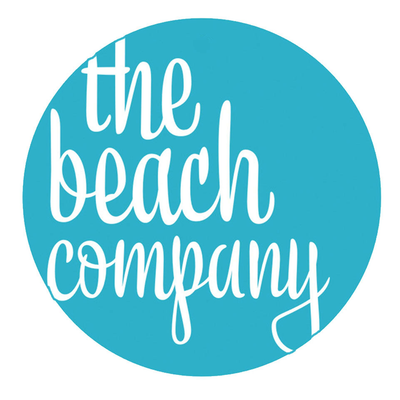Kickboard Workouts
Kickboards are obviously used to improve a swimmer's kick. Beginners may like the security of a flotation device while they work on their kicking form, while more advanced swimmers can use the board to strengthen specific muscle groups and perfect their kicks.
Here are a few simple workouts to try with a kickboard:
Flutter (or Freestyle) Kick:This is the basic kick used with the freestyle stroke. The legs are extended all the way behind you, straight but not stiff, with the toes pointed. "If you bend your knees," Wallin says, "you're not using strong thigh muscles; you're using calf muscles instead."
Backstroke Kick: You can work out with a kickboard while floating on your back, either with the kickboard at your chest for confidence or at your knees for form. If you hold it at your chest, make sure to maintain the natural curve in your spine instead of letting it round into the water. Holding the board with extended arms so that it touches your legs helps you become aware of how much you're bending your knees. As with the flutter kick, straight but not stiff legs will propel you the farthest.
Arm Circles: It's even possible to work on arm strokes and breathing techniques with a kickboard. Hold the edge of the board with both hands, then bring one arm around to your side and back to the board. Do the same with the other arm. In this same position, with your face in the water, practice lifting your face (but not your whole body) out of the water to breathe.
If you're wondering what good all of this kickboard training might do, keep reading to find out.

Michael Phelps of the United States during a practice session as he prepares for the 2004 Olympic Games at the Olympic Aquatic Center in Athens, on Aug. 11, 2004.
Benefits of Training with Kickboards
Everyone can benefit from training with a kickboard, even young swimmers. Wallin says she uses kickboards in swimming lessons with kids. "They will use kickboards the rest of their swimming careers," she notes. Kickboards can provide beginners of any age with confidence in the water and can help you practice getting your face in the water. While it is a flotation device, a kickboard is not a lifesaver. But while you get the hang of swimming, it can be a very handy thing to have with you in the water.
As swimmers advance, kickboards can help develop strength. "Swimming is a multitasking sport," says Wallin. "It uses breathing, arms, body position and kick." A kickboard takes the arms and sometimes the breathing out of the equation, allowing a swimmer to focus on isolating the large muscle groups in the legs that do the majority of the work of kicking. It also takes away the assistance of the upper body and adds the resistance of the floating board, which makes the legs work even harder. But remember not to rest your weight on the kickboard or lift your body out of the water -- that can start a bad body position habit that's hard to break.
Swimmers of any level, and even non-swimmers, can use a kickboard as part of a rehabilitation workout. It's a low-impact exercise that's easier on your joints than other sports, such as running, basketball or tennis. Among swimmers, shoulder injuries are fairly common. Kickboards allow the joints to rest while keeping up a water workout. If you do have a shoulder injury, especially from swimming, Wallin advises that you be careful not to overextend the arms during rehab workouts with a kickboard.
Kickboards aren't just for beginners or athletes in training -- they're for anyone in the water at any level. If you keep your body position in mind, kickboards can be a valuable part of your workout.


I was especially pleased to locate this web-site.I wanted to thanks for your time for this marvelous read!! I undoubtedly enjoying each and every small bit of it and I have you bookmarked to have a look at new stuff you blog post.
jordan 11 greys